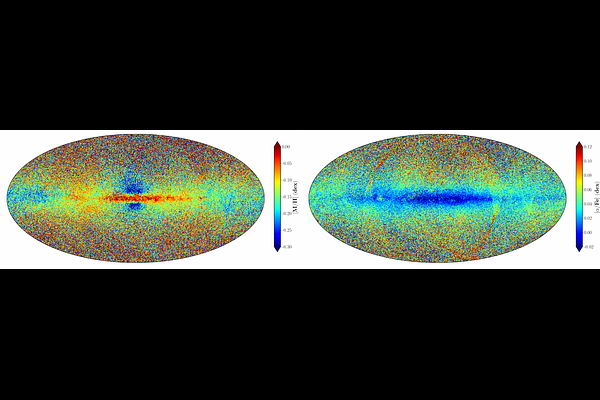Nucleosynthesis and the chemical enrichment of galaxies

Nucleosynthesis and the chemical enrichment of galaxies
Chiaki Kobayashi
AbstractStars are fossils that retain the history of their host galaxies. Carbon and heavier elements are created inside stars and are ejected when they die. From the spatial distribution of elements in galaxies, it is therefore possible to constrain the physical processes during galaxy formation and evolution. This approach, Galactic archaeology, has been popularly used for our Milky Way Galaxy thanks to a vast amount of data from the Gaia satellite and multi-object spectrographs, and now can also be applied to very distant galaxies with the James Webb Space Telescope (JWST) - extra-galactic archaeology. In these studies the most important factor is the input stellar physics, namely nucleosynthesis yields and binary physics, which predominantly determine the model predictions. In this review I give a summary of stellar nucleosynthesis, and how they are tested with the observations in the Milky Way. Then I show how chemical enrichment of galaxies can be calculated, and show some results with the latest nucleosynthesis yields.